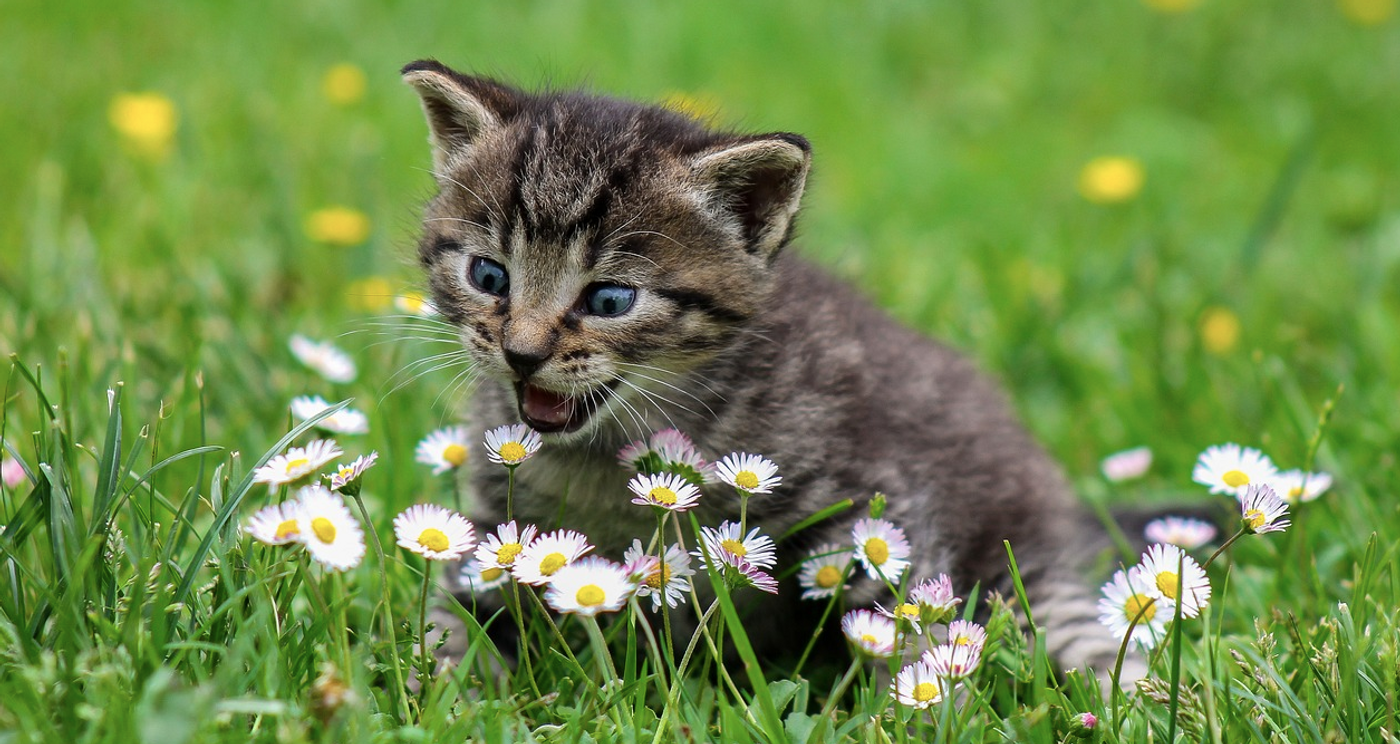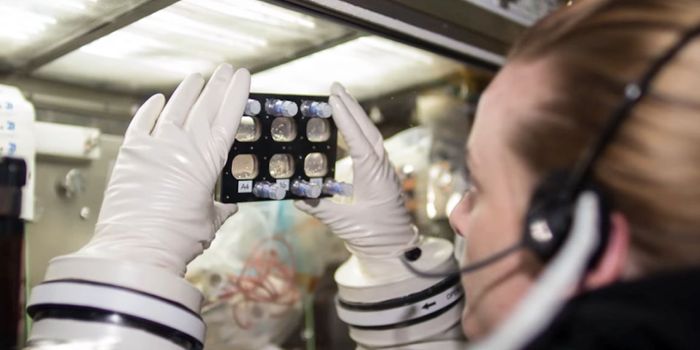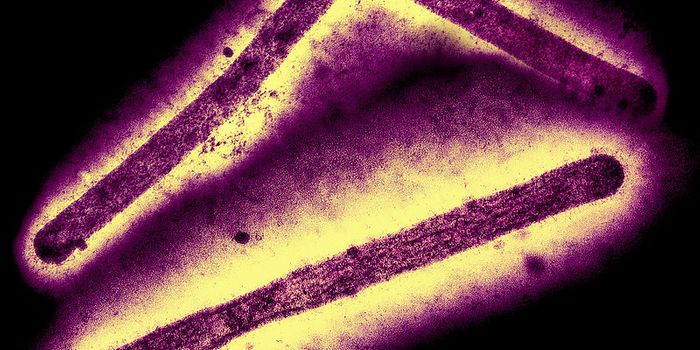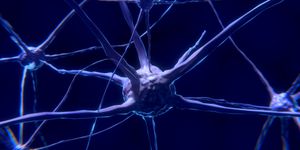Genetics Reveal More About the Domestication of Cats
About 10,000 years ago in an area of the Middle East known as the Fertile Crescent, humans began to settle as farmers in the earliest civilization. There, they formed close ties with cats, animals that were excellent pest-control tools. Researchers have now learned more about how the human transition from hunter-gatherer to farmer also triggered the domestication of cats. People then brought these pets with them as they moved and traveled to new areas.
In this study, the researchers compared about 200 different markers in DNA sequences from cats that lived in those ancient civilizations, along with feline DNA from Asia, Africa, and Europe.
“One of the DNA main markers we studied were microsatellites, which mutate very quickly and give us clues about recent cat populations and breed developments over the past few hundred years,” explained co-corresponding study author Professor Leslie A. Lyons, a feline geneticist at the University of Missouri College of Veterinary Medicine.
“Another key DNA marker we examined were single nucleotide polymorphisms, which are single-based changes all throughout the genome that give us clues about their ancient history several thousands of years ago. By studying and comparing both markers, we can start to piece together the evolutionary story of cats.”
Lyons noted that animals like cattle and horses have undergone multiple domestication events in various parts of the world at different times, but her study has suggested that cats were only domesticated once, in the Fertile Crescent. Cats then migrated around the world. The work has been reported in the journal Heredity.
Even then, cats are not entirely domesticated, said Lyons. If they started living in the wild again, they would probably be able to survive; they would continue to hunt rodents and use their natural instincts. Human did not alter cat behaviors much during domestication, proving that cats are unique. “We can actually refer to cats as semi-domesticated,” Lyons said.
Studying the genetics of animals, including cats, could give us new insights into human diseases as well, noted Lyons. Cats are affected by human diseases like blindness and polycystic kidney disease (PKD). The efforts of Lyons and colleagues has also reduced the prevalence of PKD in cats, since they launched testing efforts in 2004. Right now, Lyons is working on a diet-based PKD treatment that could be tested on humans if it is successful.
Sources: University of Missouri, Heredity









